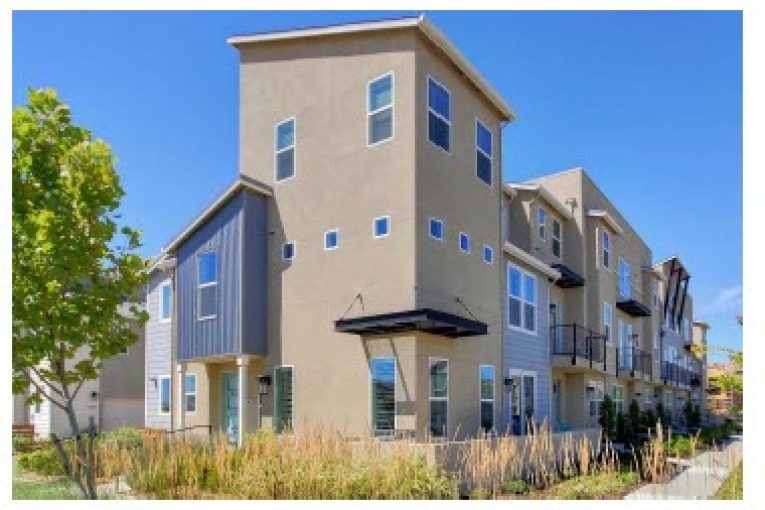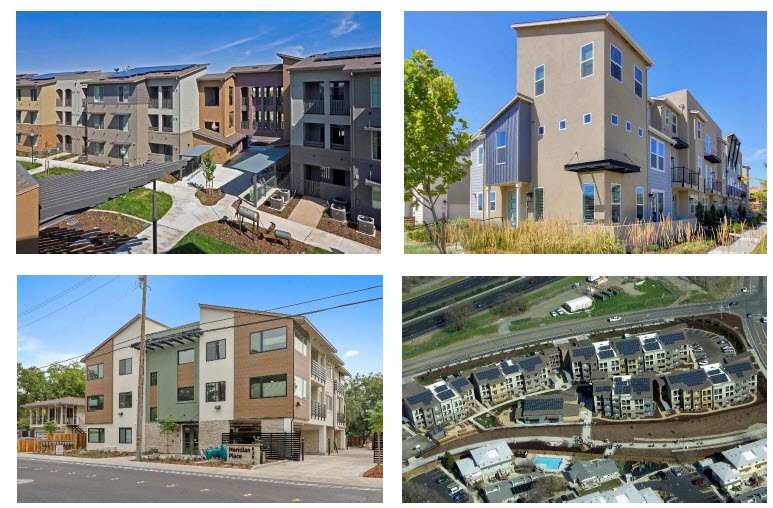

By David M. Greenwald
Executive Editor
Davis, CA – Twice the Davis City Council adopted Housing Elements only to have HCD reject them for various reasons, putting the city into Builder’s Remedy status. Two weeks ago the city submitted a listing of 16 sites that they believe will provide sufficient housing capacity to meet the city’s RHNA obligations.
Among the key discussions in the current Housing Element is not only an expanded list of infill sites, but the potential to address changes in the Measure J process that could help facilitate the production of housing in future RHNA cycles.
The current Draft Housing Element (see here—changes in red and blue) attempts to address concerns from HCD as well as community concerns and comments.
The city notes that on December 15, 2022, “the City adopted the Downtown Davis Specific Plan, which significantly increased residential densities and development capacity in Downtown Davis.”
They note, “This additional density is not accounted for in the Housing Element site inventory, meaning that it provides additional capacity in excess of the capacity shown in the site inventory and provides additional density above and beyond the actions that the City is taking to ensure sufficient capacity to meet the RHNA.”
Additionally, the city is “undertaking an ambitious rezone program that is anticipated to be adopted concurrent with the Housing Element Update. With this rezone program, the City will significantly exceed the capacity needed to meet the City’s RHNA’s  requirements, even before accounting for the additional capacity created by the Downtown Davis Specific Plan.”
requirements, even before accounting for the additional capacity created by the Downtown Davis Specific Plan.”
The Housing Element was also revised to provide additional analysis on, among other things, Measure J.
“The Housing Element does not rely on projects that would require a Measure J vote to meet the RHNA and the additional capacity from the Downtown Davis Specific Plan and other rezoning actions is all within City limits and therefore would not be subject to a Measure J vote,” city staff notes.
They also noted that the site inventory “was revised to remove the University Commons project.”
In the previous Housing Element, the city agreed to “complete a comprehensive review of the following policies to evaluate the cumulative impact on residential development: the 1% Growth Resolution, Measure J, the Phased Allocation Ordinance and the Middle Income Housing Ordinance (currently suspended).”
The objective was to “[e]valuate whether the cumulative requirements are a constraint on housing development.”
The city acknowledged that no comprehensive formal review “has been completed” but “with the passage of SB 330, the City understands the importance of an evaluation of its growth management measures to ensure that they do not conflict with State law. The City’s 2021-2029 Housing Element Update evaluates whether these policies serve a constraint to meeting the City’s housing goals and includes related policies as appropriate.”
The Housing Element notes that Measure J allows the City Council “to approve deed-restricted affordable housing projects without voter approval if it makes certain findings” but it is limited to “not more than five acres per year in total area” under this exemption, among other clauses.
The city writes that “if necessary to meet the City’s RHNA, the City theoretically may approve residential development on land designated as agriculture, agriculture reserve or urban reserve without sending those decisions to the voters.”
However, in practice, “the City historically has not approved residential development on land that would be subject to Measure J without voter approval. As currently drafted, the findings required to be made by the City Council do not provide certainty that the housing development would be entitled or built more quickly or without additional legal expense.”
The city notes that, while Measure J potentially adds costs to the development review process as well as extending the time for approval, the city argues, “Any major project runs the risk of a referendum challenge, even if voter approval would not otherwise be required.”
The city notes four of the six Measure J projects have failed (though it strangely omits the 2022 DISC which also failed), but continues to argue that while Measure J adds costs and extends processing time, and has been used to halt development projects, “it is only a constraint to meeting the City’s housing needs if the City lacks sufficient infill housing sites.”
The city continues, “As described in more detail in the Sites Inventory Section, there is not currently enough land designated for residential development to meet the sixth-cycle RHNA. The City will need to rezone additional sites to meet the RHNA…”
That said, the city believes it has “identified sufficient rezone sites within its limits that are not currently designated as open space, agricultural, or urban reserve to meet the sixth-cycle RHNA, averting the need to rely on projects requiring a Measure J vote to meet this cycle’s RHNA.”
However, while Measure J “is not a constraint” in the City’s sixth-cycle RHNA, “the City acknowledges the challenges of utilizing the findings built into Measure J that would allow the City Council to bypass voter approval for the purpose of residential projects needed to meet the City’s RHNA.”
Left unsaid at this time is the implication—acknowledged by the city manager and council—that Measure J may well be a constraint on housing in the 7th RHNA cycle.
One of the possible remedies that the city is considering: “Amend language already in Measure J/R/D that exempts from its public vote requirements projects that provide affordable housing or facilities needed for city services, or other changes to city ordinances that would help create affordable housing. Any change to Measure J/R/D/ would require a public vote.”
This is intended to be on the ballot in November 2024 but “no later than November 2026.”


This is intended to be on the ballot in November 2024 but “no later than November 2026.”
“Amend language already in Measure J/R/D that exempts from its public vote requirements projects that provide affordable housing or facilities needed for city services, or other changes to city ordinances that would help create affordable housing. Any change to Measure J/R/D/ would require a public vote.”
Wow! So staff is planning for an election to amend Measure J. I’ll admit I didn’t think it would happen. I’m sure things are going to get interesting.
I hope we can influence the City to make sensible amendments, not simplistic exemptions that are unlikely to deliver truly beneficial developments.
I’ve read this sentence about five times now and really have no idea exactly what it says. I surmise that something will be on the ballot at some point. I’m a little skeptical that this language will satisfy the HCD, but we’ll find out soon enough.